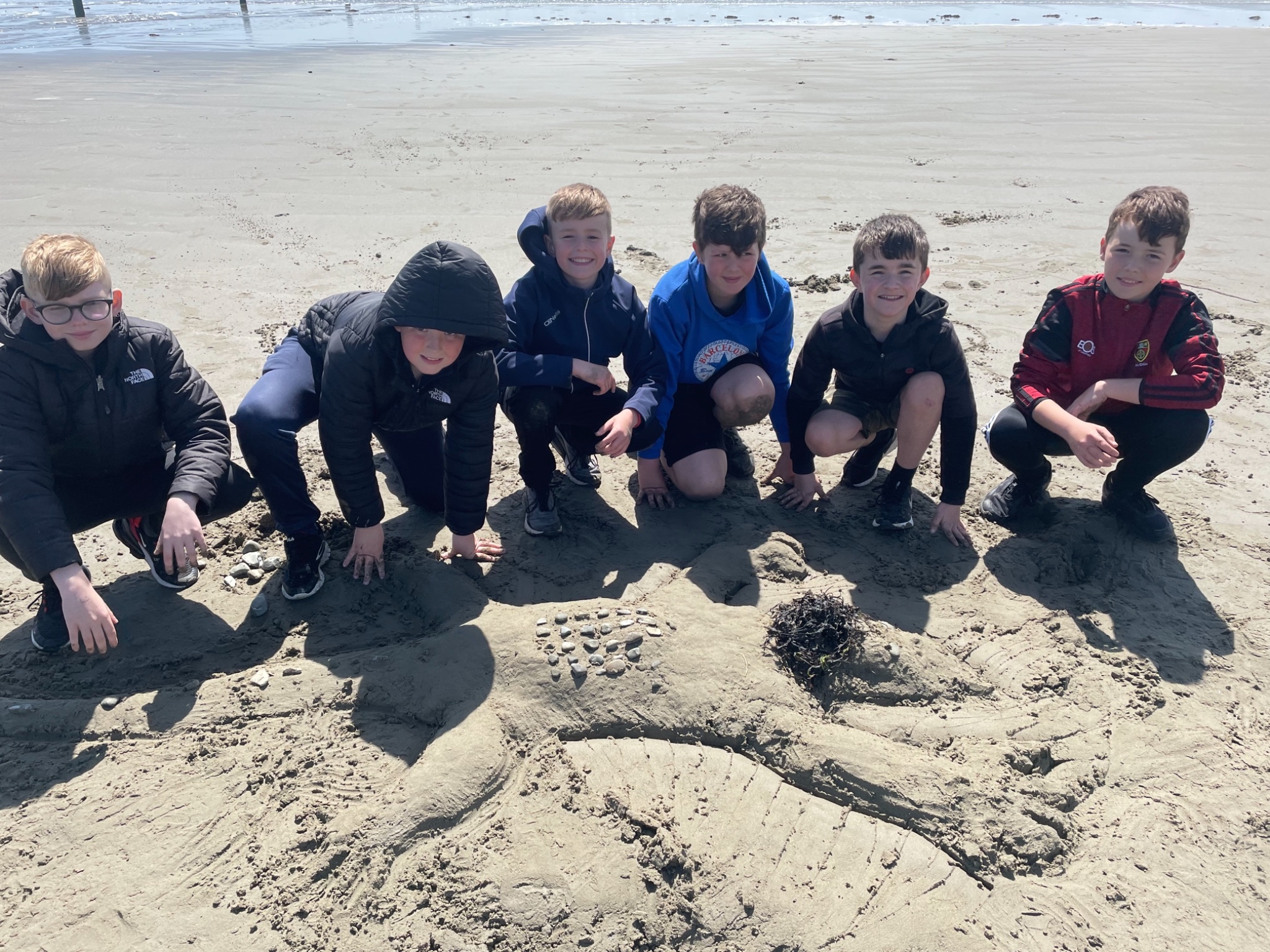This page is intended to be a one-stop shop for ARG volunteer documents including the volunteer working agreement, risk and safeguarding assessments and advice on lone working.
For those wishing to volunteer with ARG UK or any ARG we ask that you fil in a volunteer working agreement (VWA). This also ensures that you are covered by our group insurance policy.
document The latest volunteer working agreement can be downloaded here: (182 KB)
As a part of the VWA we ask that you always fill out a risk assessment for any volunteer task.
The latest risk assessment can be downloaded here
For those participating in the 'Toads on Roads' toad patrol programme there is an additional risk assessment.
The latest 'toads on roads' risk assessment can be downloaded here
For those working with children or vulnerable persons there is an additional safeguarding assessment
pdf The latest safeguarding assessment can be downloaded here (188 KB)
Notes on Lone Working
We do not advise lone working, particularly at night or near water. However, if it becomes necessary we do have a form you should fill out and leave with a member of your household and/or buddy.
document The latest lone working form can be downloaded here (62 KB)
The aim of these Lone Working Procedures is to ensure that there is always someone who knows where you are working so that you can be located and/or contacted in the event of an emergency. ARG UK strongly advises you to follow these procedures, but it is up to you to use them appropriately and responsibly.
- The Lone Working Procedures should be applied to situations where a person is working alone. Lone working should take place only if you are confident that you are safe and able to work alone.
- An assessment should be made of whether lone working is appropriate. Can the risks be minimised if more than one person is involved? Is the scope of the work such that it should not (or must not) be undertaken by a lone worker? The task needs to be assessed against our approach to undertaking Risk Assessments.
- For all lone working, a ‘buddy system’ should be operated, whereby a buddy is nominated and informed of:
1. Location(s) of lone working (changes in itinerary need to be reported to the buddy).
2. Reporting-in times or estimated time of arrival (the frequency of reporting-in should be determined on the basis of risk and changes of location).
3. Contact details.
4. Travel/vehicle details (particularly important in the event of requiring emergency assistance
5. The Emergency Procedure in the event of not calling in.
- This information may most usefully be supplied to the buddy on a Lone Working Form (below), which can be referred to in the event of an emergency.
- Any changes in itinerary should be communicated to the buddy; this may require leaving messages on answerphones or mobile phones (buddies should check for messages before implementing emergency procedures). A third party may also be used to convey a message.
- The lone worker is responsible for phoning (‘reporting in’) on time. Take account of the possibility of poor mobile phone reception, phones being lost or damaged, phone batteries running out, or that your buddy may be driving or doing some other activity that prevents them from using the mobile phone. A contingency must be in place for such events.
Emergency procedures: In the event of the lone worker not ‘reporting in’ the buddy should carry out the following:
- Telephone the lone worker on the number(s) given. If there is no response, leave a phone message with the time of the call, and state that the Lone Worker is overdue for reporting in.
- Repeat this after 15 minutes, and a third time up to one hour after the due reporting-in time. If there is still no response then the Buddy should exhaust all other options before calling the emergency services.
- If still unable to contact or locate the lone worker, the buddy should call the local police (use 999 only if you are sure there is an emergency, though it is better to err on the side of caution). The police should be advised of the Lone Working Procedures, the areas being visited, travel details, any known risks, reporting in times and any contact details; and they should leave a contact number should further information be required.
- If any other emergency services are involved, the buddy should also advise them of the details provided by the lone worker, notably the areas being visited, travel details, any known risks, reporting-in times and contact details.



